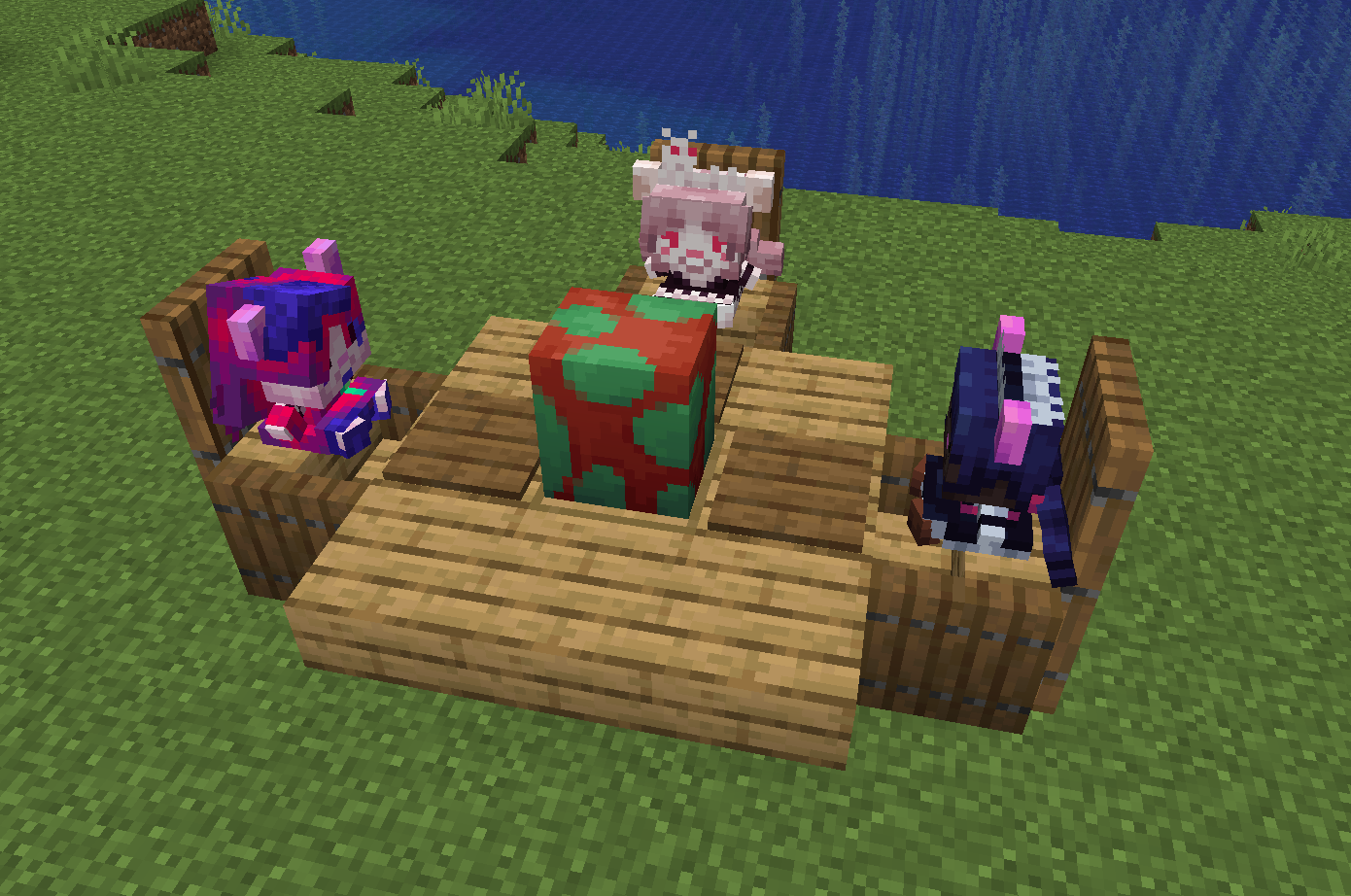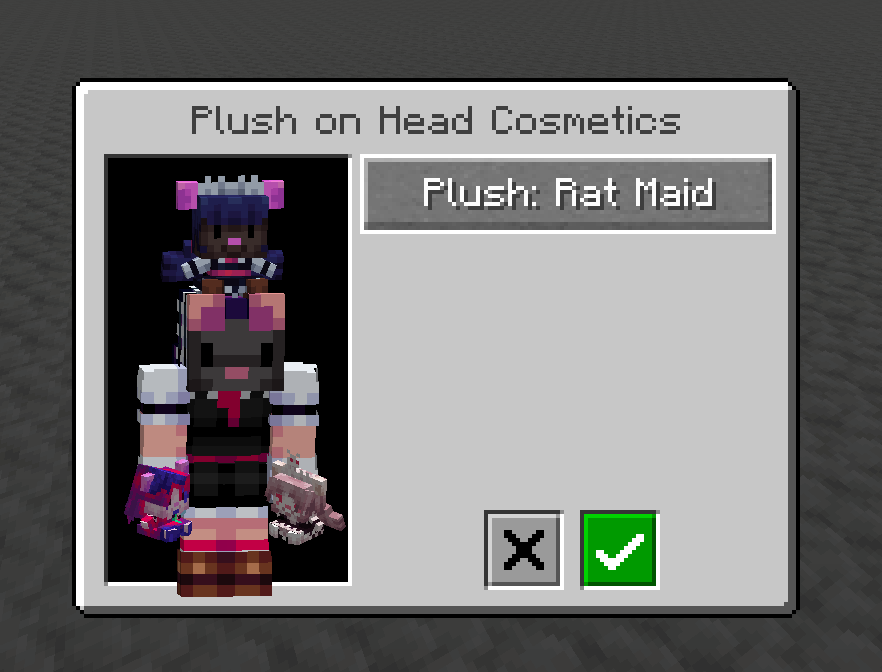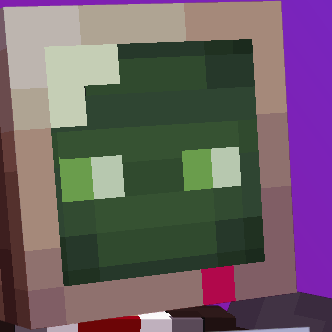Compatibility
Minecraft: Java Edition
1.20.1
Platforms
Fabric
Supported environments
90% of ad revenue goes to creators
Support creators and Modrinth ad-free with Modrinth+Creators
Details
Licensed ARR
Published 2 months ago
Updated last month
Ratatouille
A library for doctor4t's mods and supporter cosmetics
Features
Library
- Rendering utils derived from Lodestone (by Sammy; and Lodestar)
- Cosmetics customisation util (made for my supporter cosmetics but can also be used out of the box for more general cosmetic mods who need simple customisation)
- Item custom hit sound and particle utils
Additional Goodies
- RAT Plushies (Rat Maid, Folly and Mauve)
- Can be honked
- Noteblocks can be placed on top to play the plush's honk sound as the instrument
Supporter Cosmetics
- For Ko-Fi or YouTube members
- Icon next to your name as well as colored name
- Head plushies: Sneak-use any plush item while not aiming at a block to open the cosmetics screen
Gallery



